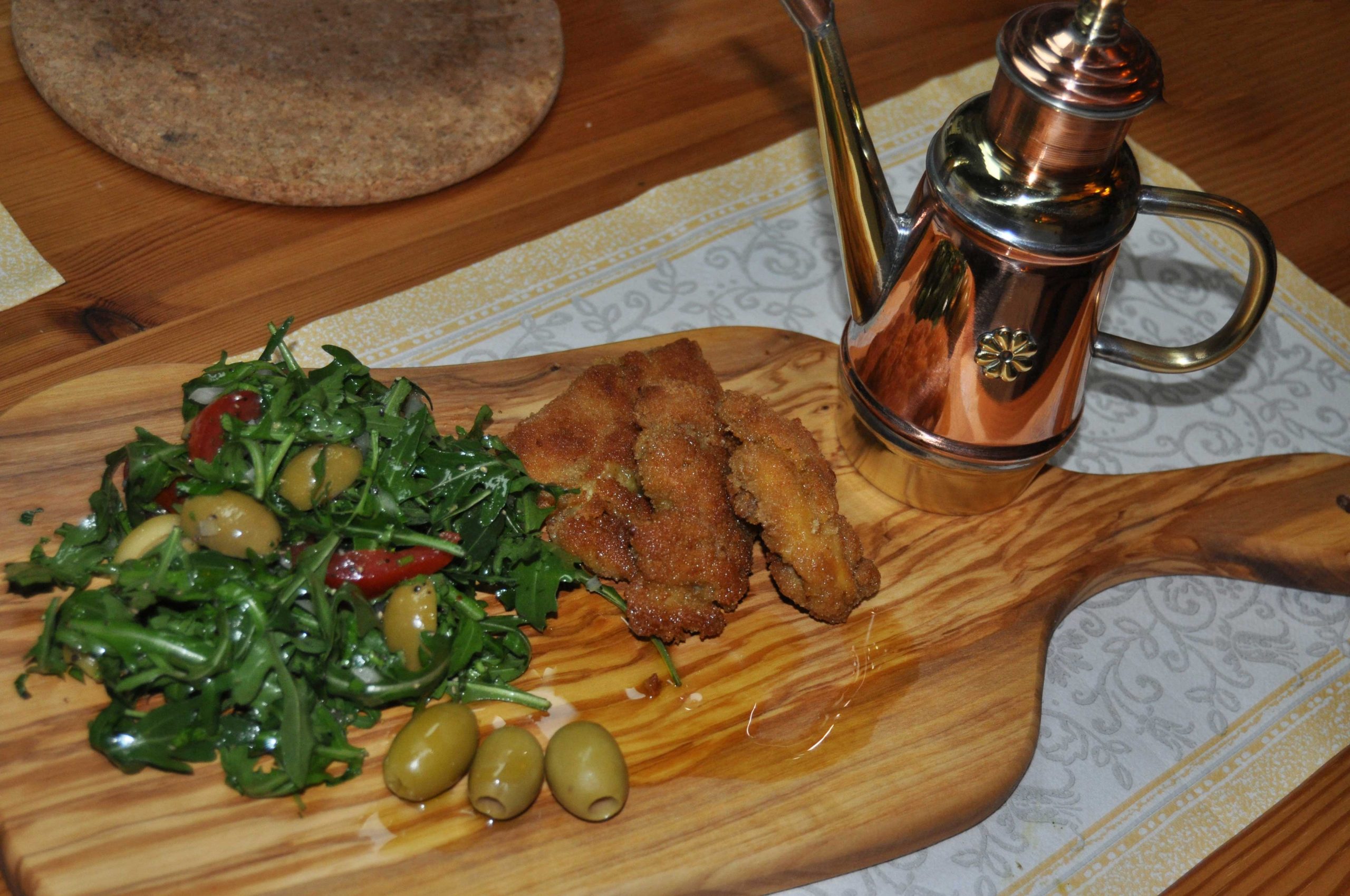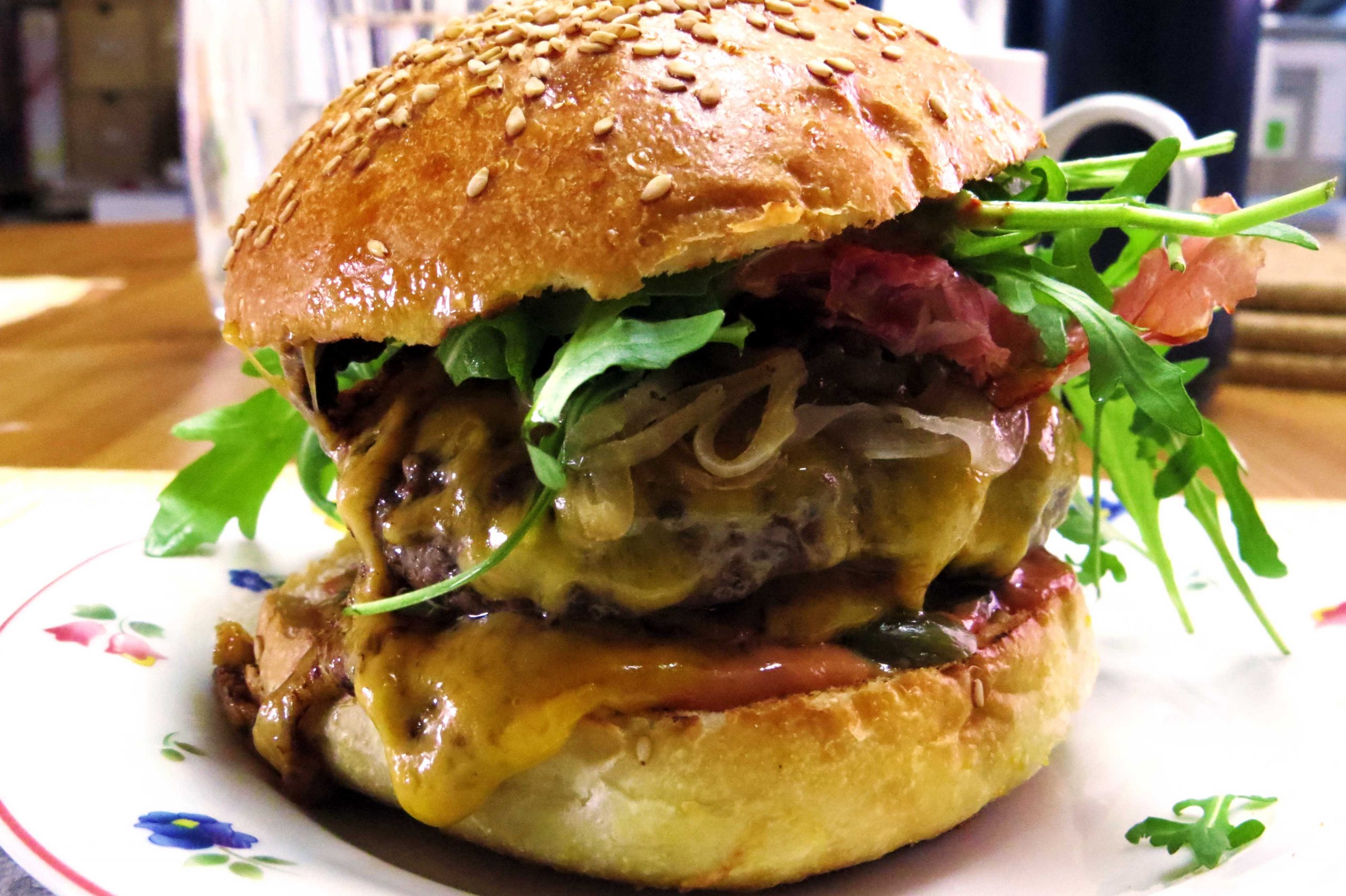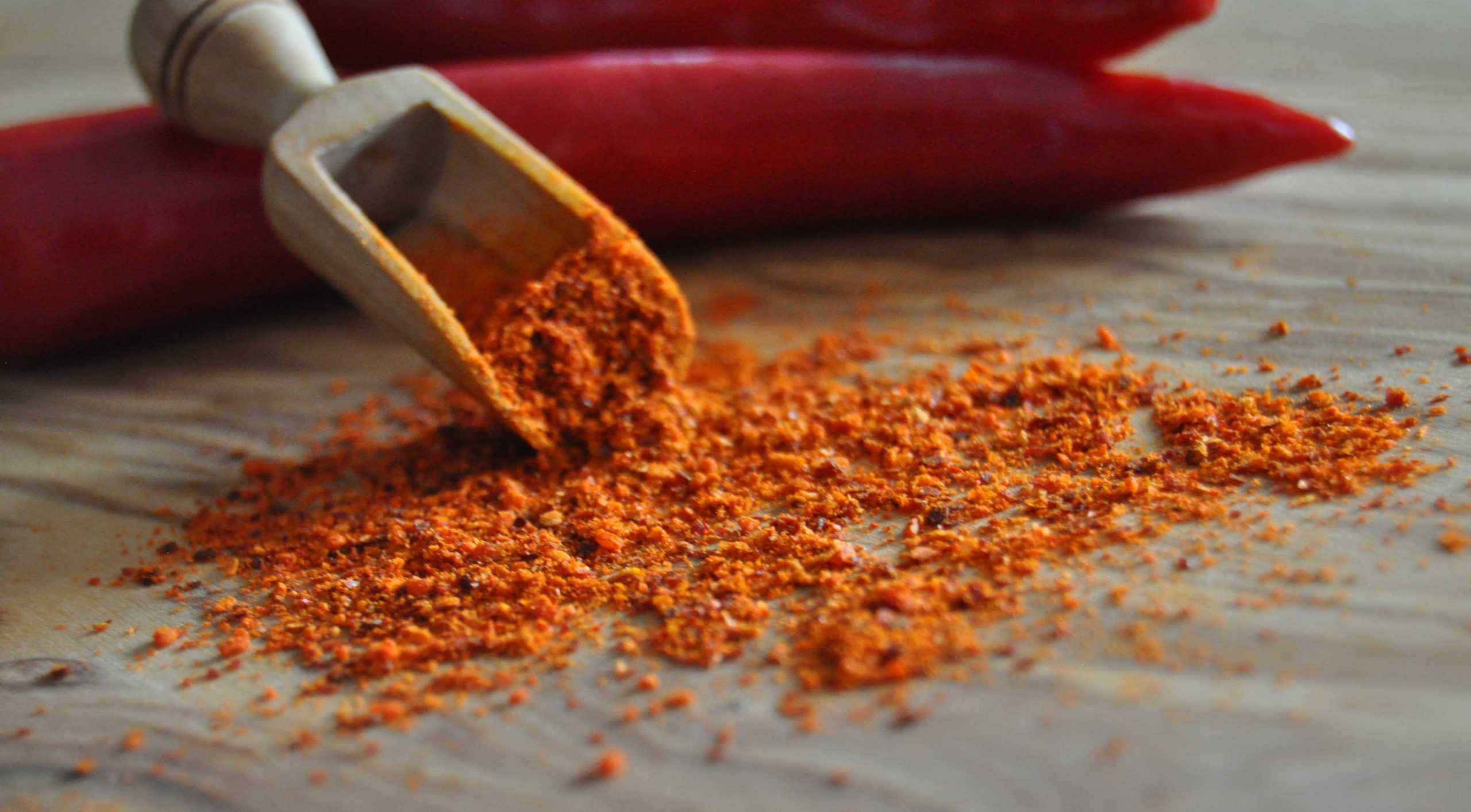At first glance, it is often mixed up with the Swiss Bündnerfleisch, a traditional Swiss beef ham from the canton of Grisons: But Bresaola has its very own origin story and is produced according to different specifications than Swiss Bündnerfleisch.
Bresaola is especially appreciated by those gourmets who prefer a mild beef flavor: Bündnerfleisch is usually much stronger and more aromatic in taste, whereas Bresaola impresses with a mild and tender character.
Bresaola originally comes from the Valtellina valley in the northern Italian province of Lombardy: the Valtellina stretches from the Bormio basin to Lake Como and stretches along the Adda river. The Valtellina offers unique climatic conditions that play an important role in the production of bresaola: extreme climatic contrasts prevail in the Valtellina. In the lower part of the valley a Mediterranean climate prevails, whereas the upper part of the valley is dominated by a high alpine climate.
The altitude of the alpine regions in Valtellina plays an important role in the production of Bresaola: there, the climate is in balance and there is no excessive humidity – ideal conditions for meat aging.
The history of Bresaola is closely linked to Switzerland.
Origins in Switzerland
The first historical evidence of bresaola can be dated back to the 15th century: However, the process of preserving beef with the help of salt, spices and herbs may be much older, originally dating back to ancient times. For a long time, Bresaola della Valtellina was a regional product from the Italian Valtellina valley – most families produced Bresaola only for their own consumption. It was not until the middle of the 19th century that Bresaola began to attract attention outside Italy: in neighboring Switzerland in particular, people soon came to know and appreciate Bresaola.
The history of Bresaola is closely linked to Switzerland: Valtellina was a subject land of the Swiss Free State of the Three Leagues from 1512 to 1798. At that time, the territory of the Free State of the Three Leagues included a large part of what is now the Canton of Grisons.
It can be assumed that Switzerland introduced the production method for Bündnerfleisch in the Valtellina within this period and that the modified method for the production of Bresaola was developed from this. If one considers that Valtellina is in the direct vicinity of the canton of Grisons – the place of production of Bündnerfleisch – an introduction of the original recipe from Grisons seems all the more likely.
Production
For the production of bresaola, only high quality cuts of beef may be used: Only cuts from the beef rump and upper leg are used. These pieces are used because they are considered particularly lean: Bresaola is an extremely lean beef product, therefore this beef ham is also recommended for people on a low-fat diet. In order to guarantee that the Bresaola is indeed a very lean beef product, additional fat and tendons are removed from the piece of meat during the production process.
The beef used to make an original Bresaola della Valtellina comes, in the vast majority of cases, from Lombardy: after the fat and tendons have been completely removed from the meat, it is first dry salted and then rubbed with pepper, bay leaf, garlic, cloves and cinnamon. The spice mixture may vary, some producers add sugar or wine: in any case, the spice mixture determines the final taste of the bresaola. The taste of a bresaola always depends on the producer.
Then the meat rests for 10 to 15 days in the brine formed by the meat juices and the spices. During this time, the large pieces of bresaola are regularly massaged so that the brine is evenly spread throughout the meat.
After this process, the bresaola pieces are washed off and stuffed into artificial or natural casings: During the drying phase that now follows, which lasts about a week, the bresaola loses most of its moisture. After this drying process, the bresaola is hung in chambers for three to seven weeks, where the meat continues to ripen and dry at temperatures of 12 to 18 degrees Celsius. During this process, the bresaola loses another 40 percent of its moisture – this enormous loss of moisture gives the bresaola a very long shelf life.
After all, that was precisely the objective of bresaola production: to preserve beef.
For a special dining experience, it is best to choose a bresaola made from a beef tenderloin.
Bresaola punta d’anca
Bresaola is also produced in other northern Italian valleys outside Valtellina: In Valchiavenna, smaller pieces of beef are smoked and marketed under the name Slinzega. There are also different quality levels of the classic bresaola from the Valtellina valley: If a beef tenderloin is used to make bresaola – a cut that is often particularly lean – it is called Bresaola punta d’anca. Often the term bresaola punta d’anca is also used for other very tender cuts of bresaola. However, for a special dining experience, it is best to choose a bresaola made from a beef tenderloin.
To this day, there is debate about where the word “bresaola” originally comes from: what is certain is that bresaola used to be sold under the names brazaola, brisaola or bresavola. In past times, glowing braziers were used to heat and dry the drying chambers of bresaola: therefore, one theory is that the name bresaola derives from brasa, the Italian word for embers. It is assumed that the second word syllable “saola” comes from the indispensable use of salt in the production of bresaola.
Bresaola: part of every antipasti plate
Bresaola should not be missing from any Italian antipasti plate: Unlike some other hams, bresaola is suitable for a low-fat diet, and thanks to its high protein content, bresaola can even serve as a component of a low-calorie diet. A classic bresaola is characterized by a strong red color and a light, barely noticeable dark outer rim. How spicy a bresaola tastes always depends on the individual recipe of the respective producer – in any case, the bresaola smells slightly aromatic of the respective spice mixture. Bresaola is often drizzled with olive oil, lemon juice or Aceto Balsamico – it can be served as a carpaccio, optionally with arugula, black pepper or Parmigiano Reggiano on the side.
Although the origins of bresaola can be found in the method of producing Bündnerfleisch from the Swiss canton of Grisons, a culture of its own has developed around bresaola: Bresaola is often considered a kind of milder counterpart to Bündnerfleisch – but the individual taste of a Bresaola depends on the recipe of the corresponding producer. In any case, it is impossible to imagine Italian cuisine without Bresaola.
Cover picture: © Simon von Ludwig

 Deutsch
Deutsch






